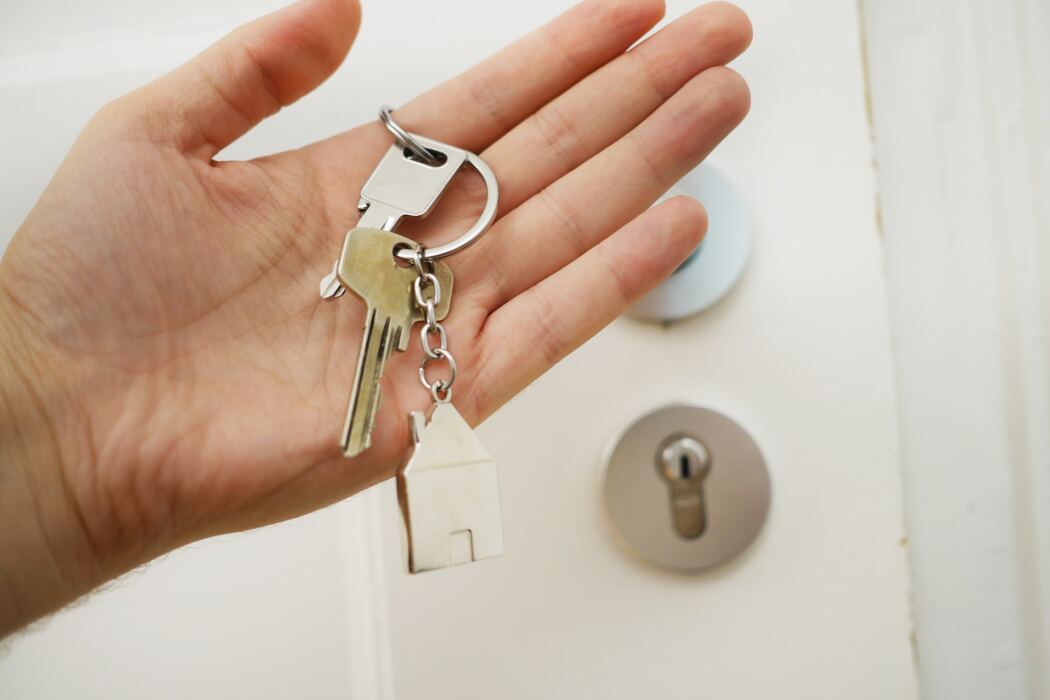The reference value in real estate transactions
Real estate
Determining the value of a property is not easy at all. There are properties better located, larger or smaller, with better or worse views, more or less light, and in better or worse condition. The multitude of influencing factors is so great that two apartments in the same building can have a very significant difference in euros per square meter.
If we might be interested in knowing the value of a property, the Administration has an even greater interest. Real estate transactions, which are taxed with various taxes, are also varied, and each has its motivation and regulations. However, all of them usually tax based on a percentage of the property's value. Therefore, the key will be to see how we arrive at this value.
The Administration does not want to be deceived and looks for systems to quickly see if the value declared by taxpayers matches their forecast.
Since January 1st of this year, it is the Dirección General del Catastro (General Directorate of the Cadastre) that tells us the value that must be declared for each property and, to arrive at this figure, they take as a reference the average values of sales made in front of a notary.
At first glance, it seems like a good formula to take as a reference the value of real transactions, but as we said before, the factors that influence the value of a property are not only the square meters and the area. Big data can play a trick on us and give us a reference value much higher than the market value.
And now comes the perversion of the system. The reversal of the burden of proof. As often happens, it is we who have to prove that the value that the cadastre tells us does not match reality. We have to spend money on an appraisal and a future appeal against the liquidation that the Administration will surely make.
The result is often buyers who decide not to buy due to the economic risk and a property with a problem that, once again, comes from above.



